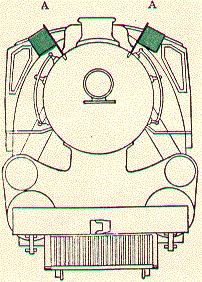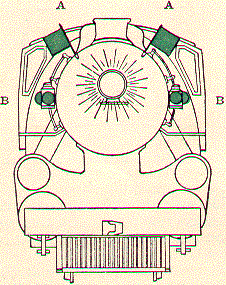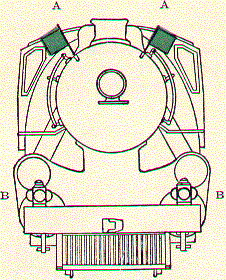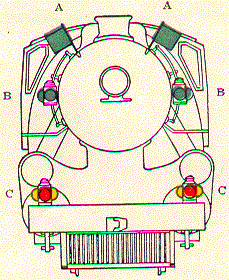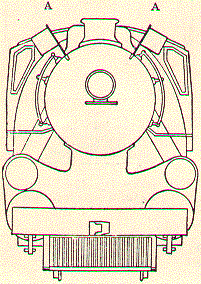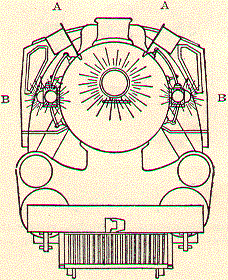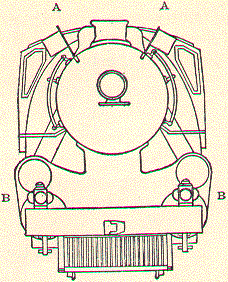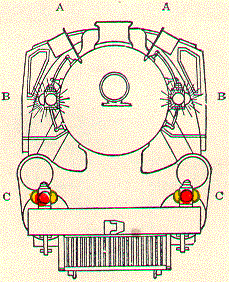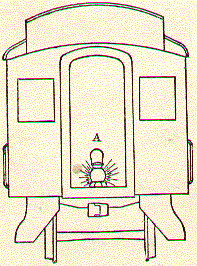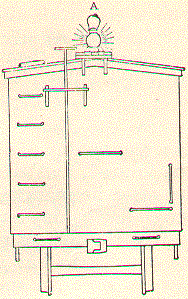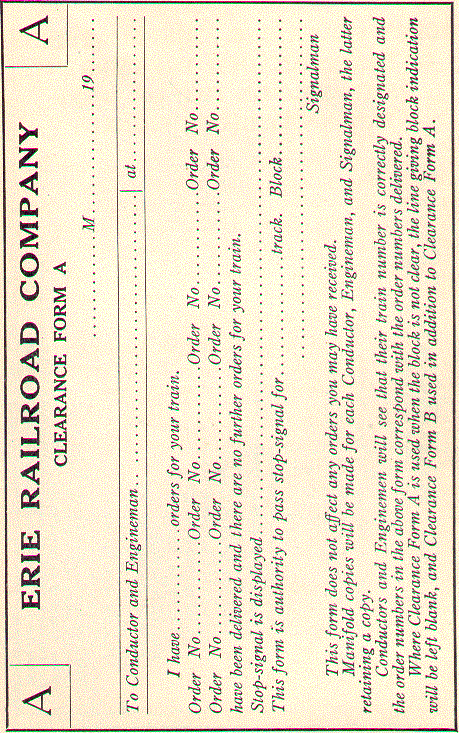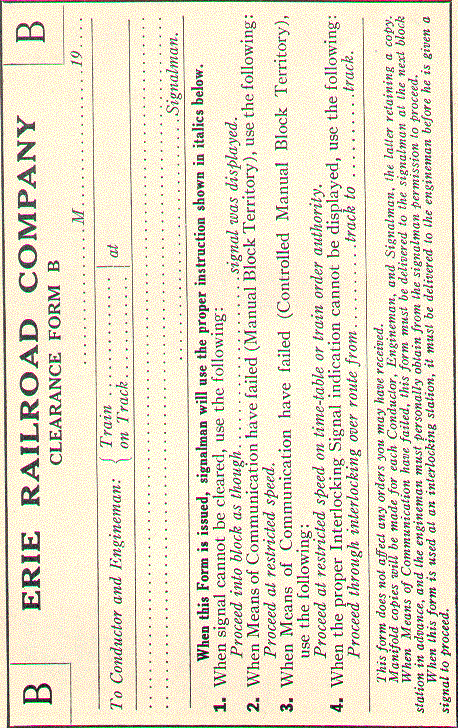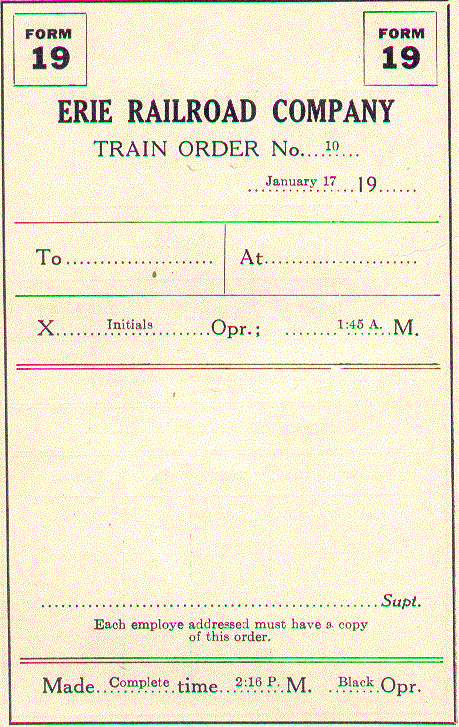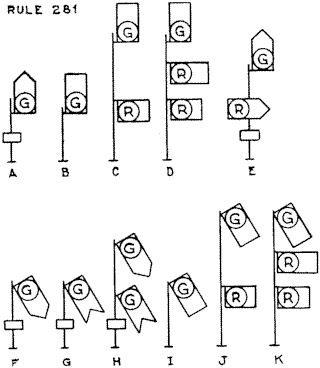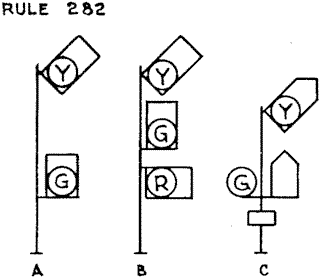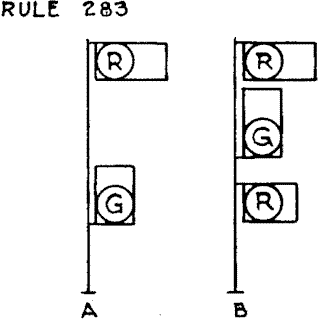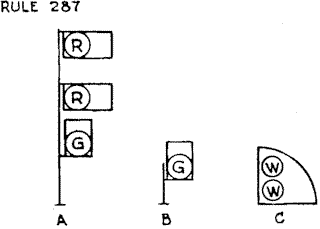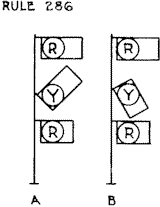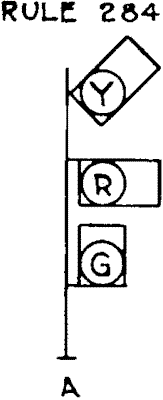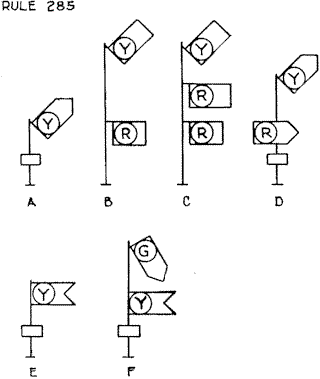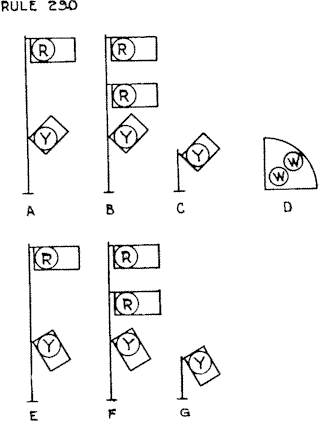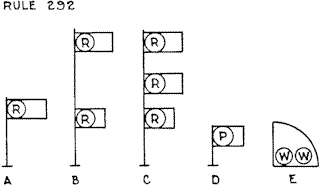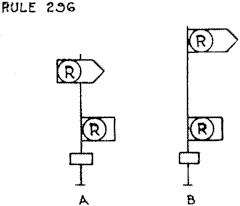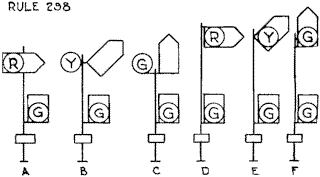|
4. -- Train other than passenger has entered block.
46. -- Passenger train has, entered block.
5. -- Block is not clear of train other than passenger.
56. -- Block is, not clear of passenger train.
7. -- Train following.
8. -- Opening block station. Answer by 2, 5, or 56
9. -- Closing block station, followed by 2.
If the block is clear, to be answered by 13, followed by 2.
If the block is not clear, to be answered by 5 or 56.
64. -- Testing answer by 64.
When two or more tracks are used in the same direction, signalmen in using the communicating code must also specify the track.
317a. To admit a train to a block, the signalman must examine the block record, and, if the block is clear, give "1 for ______," to the next block station in advance. The signalman receiving this signal, if the block is clear, must display the Stop-signal to opposing trains, and reply "2 for _____," and when necessary unlock the next block in the rear. If the block is not clear, he must reply "5 of ______," or "56 of ______." The signalman at the entrance of the block must then display the proper signal indication.
A train must not be admitted to a block unless it is clear, except as provided in Rules M-333, C-333 or by train order.
NOTE TO RULE 317-a. -- 317-a is for absolute block for following and opposing movements on the same track.
|
|
|
317b. To admit a train to a block, the signalman must examine the block record, and, if the block is, clear, give "3 or 36 for ______," to the next block station in advance. The signalman receiving this signal, if the block is clear, must display the Stop-signal to opposing trains and reply "2 for ______," and when necessary unlock the next block in the rear. If the block is not clear, he must reply "5 of ______," or "56 of ______." The signalman at the entrance of the block must then display the proper signal indication.
A train must not be admitted to a block which is occupied by an opposing train or by a passenger train, except as provided in Rules M-333, C-333 or by train order.
To permit a train to follow a train other than a passenger train into a block, the signalman must give "17 for ______," to the next block station in advance. The signalman receiving this signal, if there is no passenger train in the block, must reply "5 of ______, 13 for ______." The approaching train will then be admitted to the block under permissive signal or Clearance Form B.
NOTES TO RULE 317-b. -- Rule 317-b is for absolute block for opposing movements and permissive block for following movements on the same track.
318a. To admit a train to a block, the signalman must examine the block record, and, if the block is clear, give "3 for ______," or "36 for ______," to the next block station in advance. The signalman receiving this signal, if the block is clear, must reply "2 for ______," and when necessary unlock the next block in
|
|
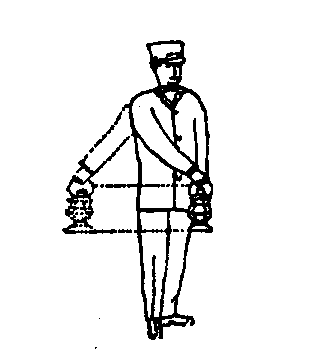
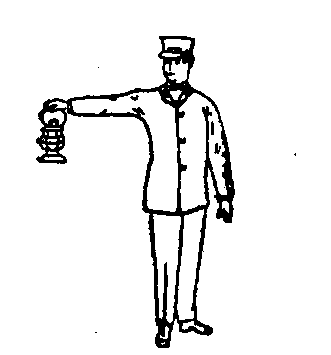
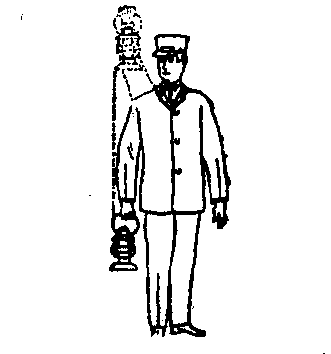
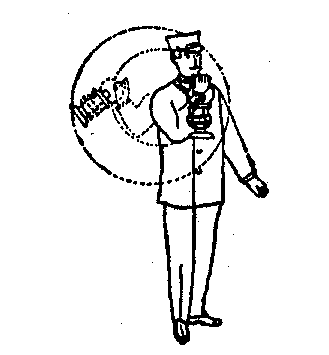
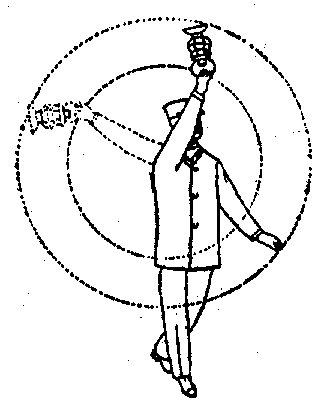
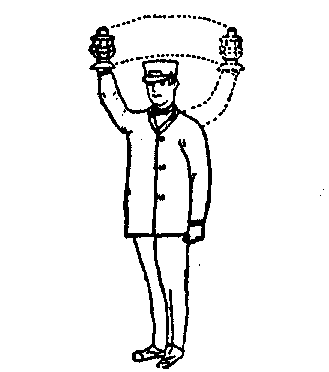
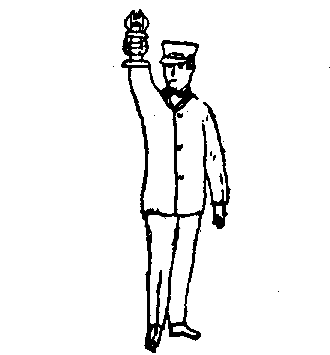
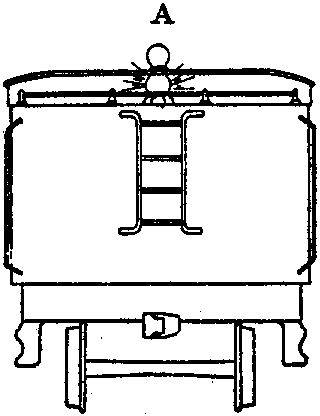
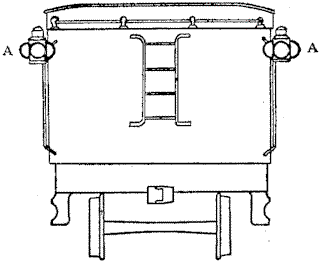
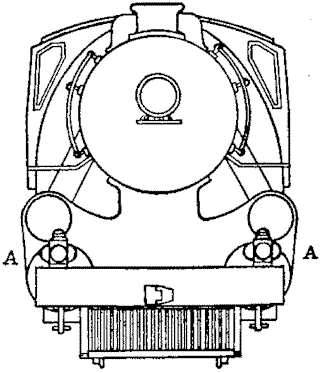
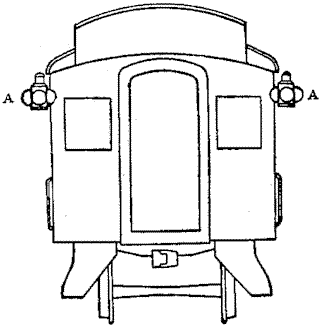
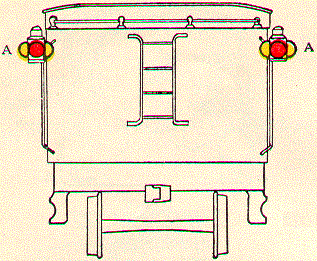
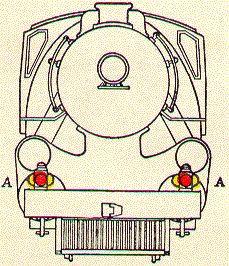

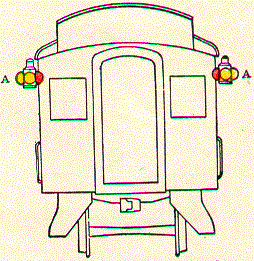
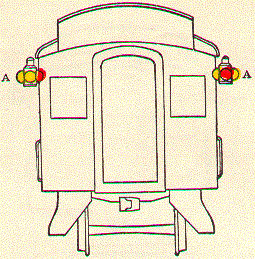
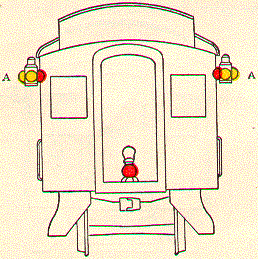
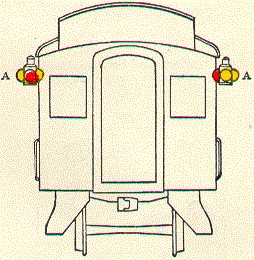 (Between tracks)
(Between tracks)